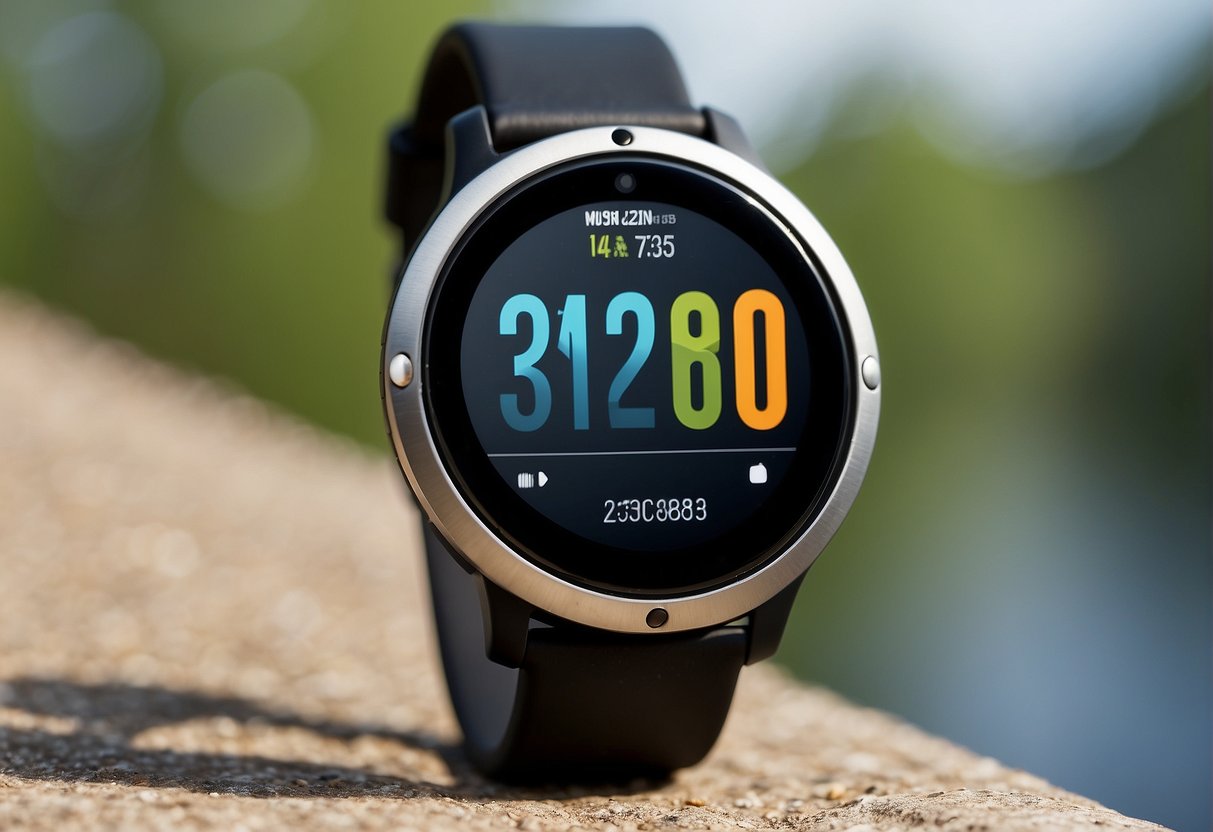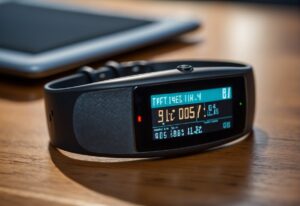Wearable technology has rapidly evolved in recent years, with devices such as smartwatches and fitness trackers becoming increasingly popular.
These devices can monitor various aspects of a person’s health, including heart rate, sleep patterns, and physical activity.
The data collected by wearable technology has the potential to revolutionize healthcare and improve public health outcomes.
The accuracy of health data collected by wearable technology is a critical factor in its impact on healthcare.
Wearable devices can provide continuous, real-time data on a person’s health, which can be used to identify health issues and track progress over time.
However, the accuracy of this data is not always guaranteed, and there are limitations to what wearable technology can measure.
For example, some devices may not accurately track certain types of physical activity or may provide inaccurate heart rate readings.
Key Takeaways
- Wearable technology has the potential to revolutionize healthcare by providing continuous, real-time health data.
- The accuracy of health data collected by wearable technology is a critical factor in its impact on healthcare.
- While there are limitations to what wearable technology can measure, it has the potential to improve public health outcomes.
Evolution of Wearable Technology
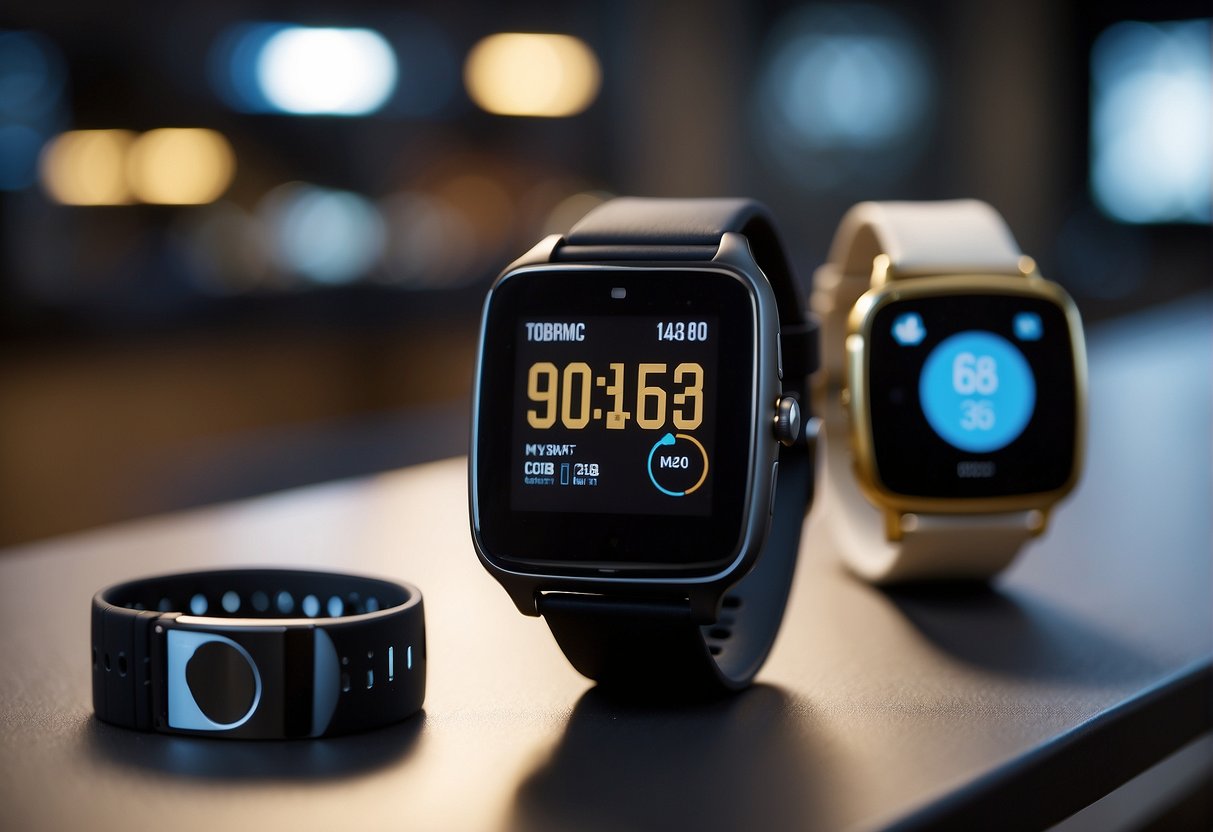
Wearable technology has come a long way since the first pedometer was invented in the early 1700s.
With the advent of modern technology, wearables have become more advanced, smaller, and more affordable.
Today, wearable technology has become an integral part of the healthcare ecosystem, providing patients and healthcare professionals with valuable data that can be used to improve health outcomes.
From Fitness Trackers to Medical Devices
The first wave of wearables was focused on fitness tracking, with devices such as Fitbit and Jawbone leading the way.
These devices were primarily used to track physical activity, such as steps taken and calories burned.
However, as technology advanced, wearables began to incorporate more advanced sensors, such as heart rate monitors and GPS trackers.
This allowed wearables to provide more detailed information about physical activity, such as the intensity of workouts and the distance traveled.
As wearables became more advanced, they began to move beyond fitness tracking and into the realm of medical devices.
Today, wearables are used to monitor a wide range of health metrics, including blood pressure, glucose levels, and even brain activity.
These devices can provide real-time data that can be used to diagnose and treat a variety of health conditions.
Integration with Smartphones and Electronic Health Records
One of the key drivers of the adoption of wearable technology has been the integration with smartphones and electronic health records (EHRs).
Many wearables now come with companion apps that can be used to track and analyze health data.
These apps can provide patients with personalized recommendations for improving their health, such as exercise and diet plans.
Wearables can also be integrated with EHRs, allowing healthcare professionals to access real-time data about their patients.
This can help doctors and nurses make more informed decisions about patient care, as they have access to a wealth of data that was previously unavailable.
Health Data Acquisition and Accuracy
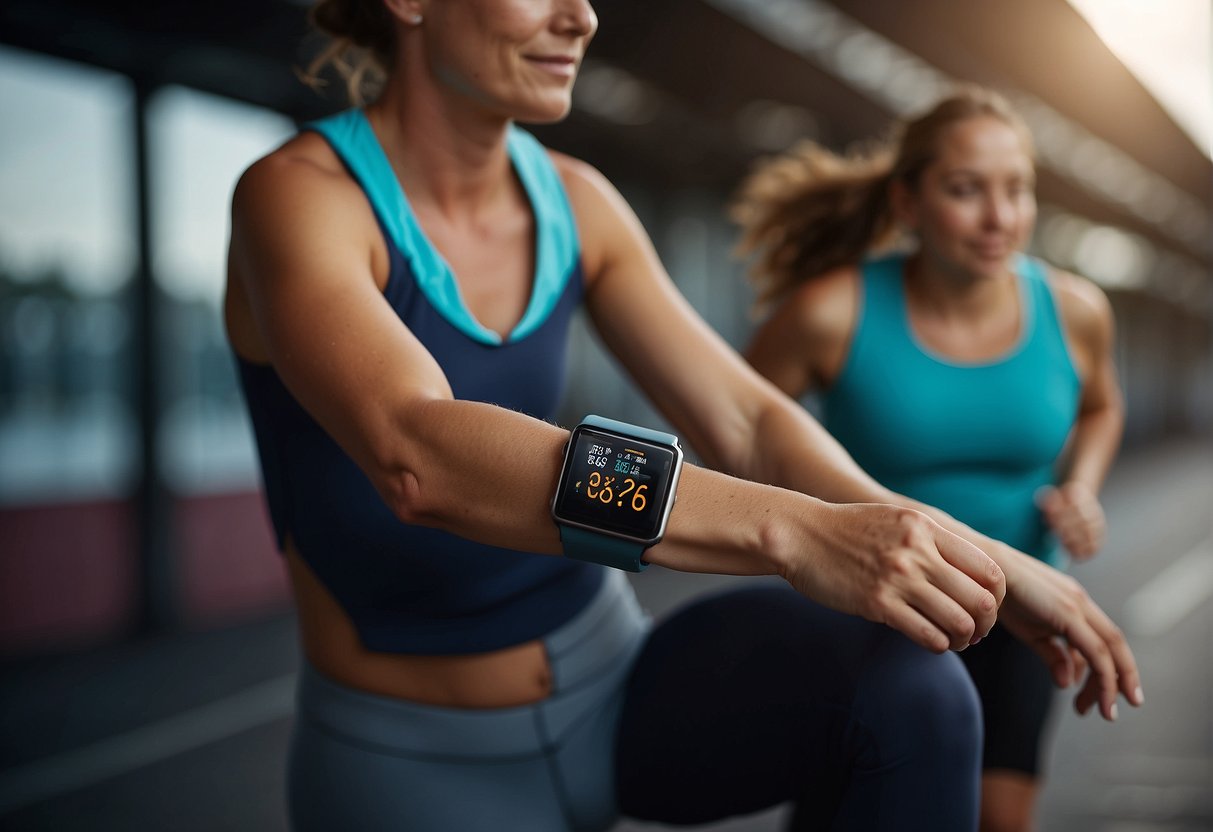
Wearable technology has revolutionized the way health data is collected and analyzed.
By providing continuous and real-time monitoring of vital signs, wearable devices have enabled healthcare professionals to make more informed decisions and provide better care to patients.
However, the practical value of wearable technology is heavily reliant on the accuracy and reliability of the data collected.
Sensor Data and Vital Sign Monitoring
Wearable devices can collect all kinds of user information, such as health information, geographical location, and living habits [1].
The most common vital signs monitored by wearable devices include heart rate, blood pressure, and respiratory rate.
These vital signs are crucial for the diagnosis, treatment, and management of various medical conditions.
However, the accuracy of the data collected by wearable devices is still a matter of concern.
The accuracy of the data collected by wearable devices can be affected by various factors such as the placement of the device, the type of sensor used, and the calibration of the device [2].
Therefore, it is important to validate the accuracy of the data collected by wearable devices.
Validation and Reliability of Wearable Devices
Validation and reliability are two important factors that need to be considered when evaluating the accuracy of wearable devices.
Validation refers to the process of comparing the data collected by a wearable device with the data collected by a gold standard device.
Reliability refers to the consistency of the data collected by a wearable device over time.
Several studies have been conducted to evaluate the accuracy and reliability of wearable devices.
One study found that the accuracy of heart rate monitoring by wearable devices was comparable to that of electrocardiography (ECG) [3].
Another study found that the accuracy of blood pressure monitoring by wearable devices was not as accurate as that of standard blood pressure monitoring devices [4].
Impact on Public Health and Clinical Care

Wearable technology has revolutionized the way health data is collected, analyzed, and used.
The potential of wearable technology in public health and clinical care is enormous.
Wearables have enabled remote monitoring and patient management, as well as disease prevention and detection.
Remote Monitoring and Patient Management
Wearable technology has made it possible for healthcare providers to monitor patients remotely.
This has been particularly useful during the COVID-19 pandemic, where remote monitoring has been a critical tool in managing patients with mild to moderate symptoms.
Wearables can track vital signs, such as heart rate and blood pressure, as well as monitor sleep patterns, physical activity, and other health-related behaviors.
This data can be used to identify potential health problems before they become serious, and to adjust treatment plans accordingly.
Wearable Technologies in Disease Prevention and Detection
Wearable technology has the potential to revolutionize disease prevention and detection.
Wearables can track a wide range of health-related behaviors, including physical activity, sleep patterns, and dietary habits.
This data can be used to identify individuals who are at risk of developing chronic diseases such as hypertension and diabetes.
Wearables can also be used to monitor patients with chronic diseases, enabling healthcare providers to adjust treatment plans as needed.
Data Privacy, Security, and Ethical Considerations
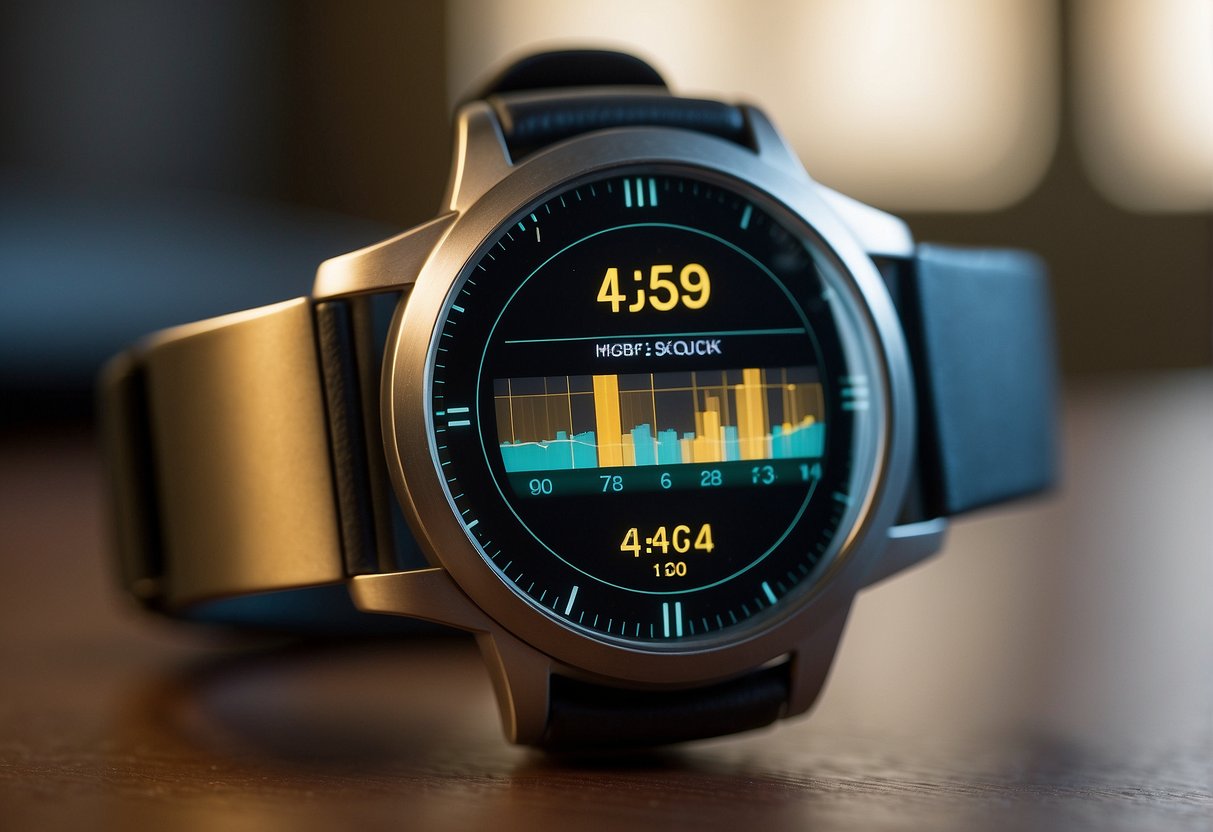
Wearable technology has brought about a revolution in the healthcare industry, allowing for the collection of valuable health data that was previously inaccessible.
However, with the increase in data collection comes the need for data privacy, security, and ethical considerations.
Protecting Patient Information
One of the most significant concerns regarding wearable technology is the protection of patient information.
Wearable devices collect sensitive health data, including heart rate, blood pressure, and sleep patterns, which can be used to identify individuals.
It is crucial to ensure that this information is protected from unauthorized access and use.
To address this issue, many wearable device manufacturers have implemented data encryption and other security measures to protect patient information.
However, it is important to note that the responsibility of protecting patient information ultimately falls on the healthcare providers who use these devices.
Bias and Accessibility in Wearable Tech
Another concern is the potential for bias and lack of accessibility in wearable technology.
Consumer-grade wearables may not be designed to accommodate individuals with disabilities, which could lead to a lack of inclusivity in data collection.
Additionally, there is a risk of bias in data collection, as the data collected may not be representative of the entire population.
To address these concerns, it is essential to ensure that wearable technology is designed to be inclusive and accessible to all individuals.
This includes designing devices that can accommodate individuals with disabilities and ensuring that data collection is representative of the entire population.
Additionally, transparency in data collection and analysis can help minimize the risk of bias in data collection.
Challenges and Future Directions
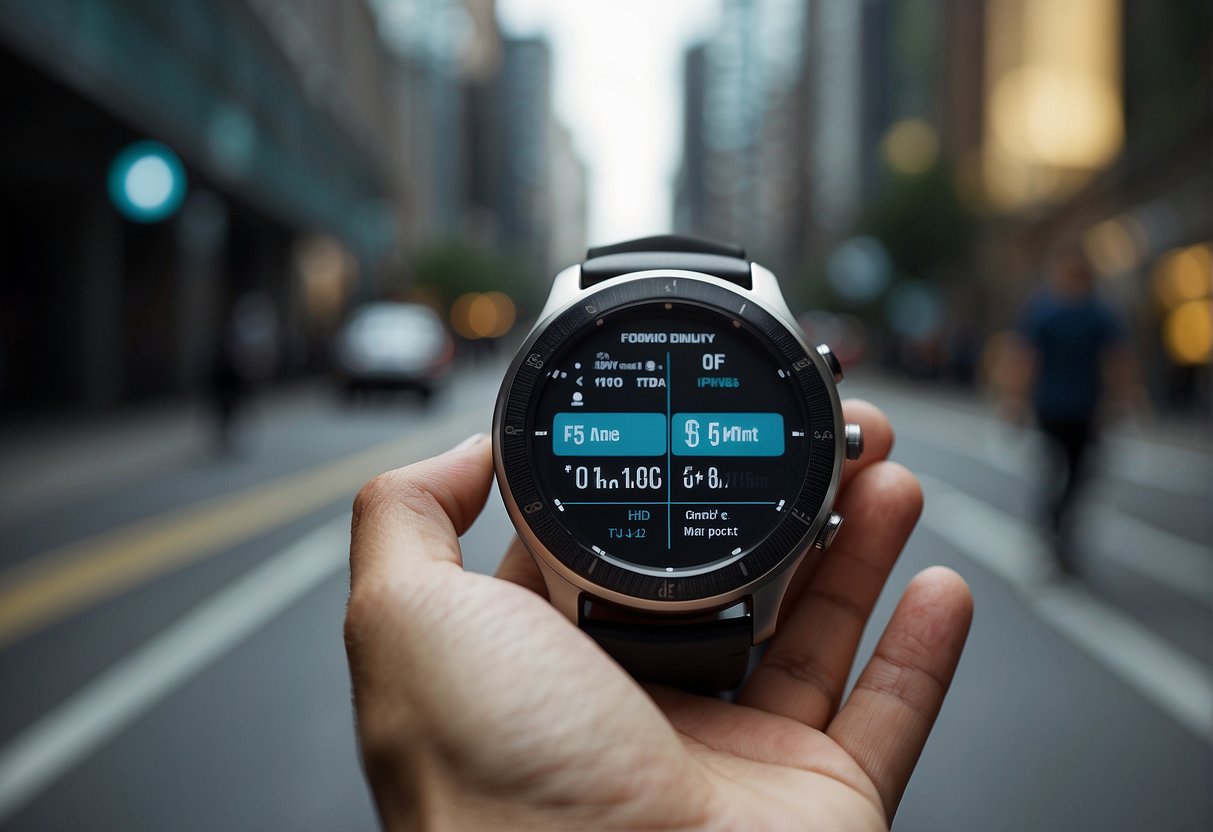
Technical and Logistical Barriers
Although wearable technology has the potential to revolutionize the healthcare industry, there are still many technical and logistical challenges that need to be addressed.
One of the biggest challenges is ensuring that the data collected by wearable devices is accurate and reliable.
This requires the development of advanced algorithms and machine learning models that can filter out noise and other sources of interference.
Another challenge is interoperability.
With so many different wearable devices on the market, it can be difficult to ensure that they are all compatible with each other and with other healthcare systems.
This can make it difficult to share data between devices and to integrate wearable technology into existing healthcare workflows.
Finally, there are logistical challenges related to the successful implementation of wearable technology in low-resource settings.
For example, it can be difficult to ensure that affordable wearable devices are available to those who need them most.
There are also challenges related to insurance coverage, tech support, and reimbursement that need to be addressed in order to ensure the long-term success of wearable technology in healthcare.
Advancing Wearable Tech for Global Health
Despite these challenges, there is still tremendous potential for wearable technology to improve the health outcomes of people around the world.
One key area of focus for future research and development is the creation of affordable wearable devices that can be used in low-resource settings.
This will require the collaboration of stakeholders from across the healthcare industry, including device manufacturers, healthcare providers, and government agencies.
Another important area of focus is the development of advanced machine learning algorithms that can analyze the vast amounts of data generated by wearable devices.
This will require significant investments in research and development, as well as the creation of new partnerships between academic institutions, device manufacturers, and healthcare providers.

